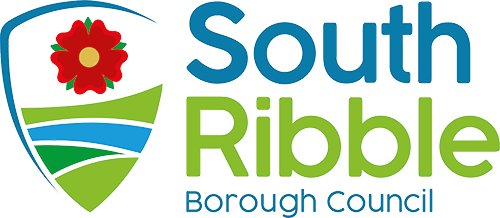Biodiversity Strategy
Biodiversity in South Ribble
This section outlines the current understanding of the biodiversity across the borough.
South Ribble Borough Council is a major landowner within the borough and manages an extensive network of green spaces. Effective management of our land relies on a good understanding of our biodiversity and our responsibilities and will encourage good management by other landowners.
There are several nationally and locally designated sites in the Borough:
- Marine Conservation Zone
- River Ribble Estuary up to Samlesbury
- Ramsar - Wetlands of International Importance
- River Ribble Estuary
- Sites of Special Scientific Interest (SSSI)
- River Ribble Estuary
- Beeston Brook Pasture (SD594278) Coupe Green area
- Darwen River Section (SD613293) Samlesbury area
- National Nature Reserves
- River Ribble Estuary
- Local Nature Reserves
- Longton Brickcroft Nature Reserve in SRBC ownership
- Preston Junction (LCC and Preston City Council ownership)
- Biological Heritage Site
Areas identified by a partnership of bodies (Lancashire County Council. Natural England and The Wildlife Trust for Lancashire, Manchester and North Merseyside) as Local Wildlife Sites to protect locally important sites across the County.
There are c.40 designated sites across the Borough.
Priority Habitats in South Ribble
- Rivers and Streams
- Ponds
- Hedgerows
- Woodland
- Traditional Orchard
- Wood Pasture and Parkland
- Lowland mixed deciduous woodland
- Lowland Meadows
- Coastal Floodplain and Grazing Marsh
- Arable Field Margins
- Intertidal Mudflats
- Coastal Saltmarsh
- Lowland Raised Bog (Peat)
Priority Species in South Ribble are show in this table. (Excel doc) [13KB] This is a non-exhaustive list and is subject to seasonal changes. Species may need to be added and removed over time, the more iconic species at risk in South Ribble include:
- Hedgehog
- Water Vole
- European Otter
- Bats (all species)
- Great Crested Newt
- Common Toad
- House Sparrow
- Common Starling
- Song Thrush
- Bees
- Purple Ramping-fumitory




